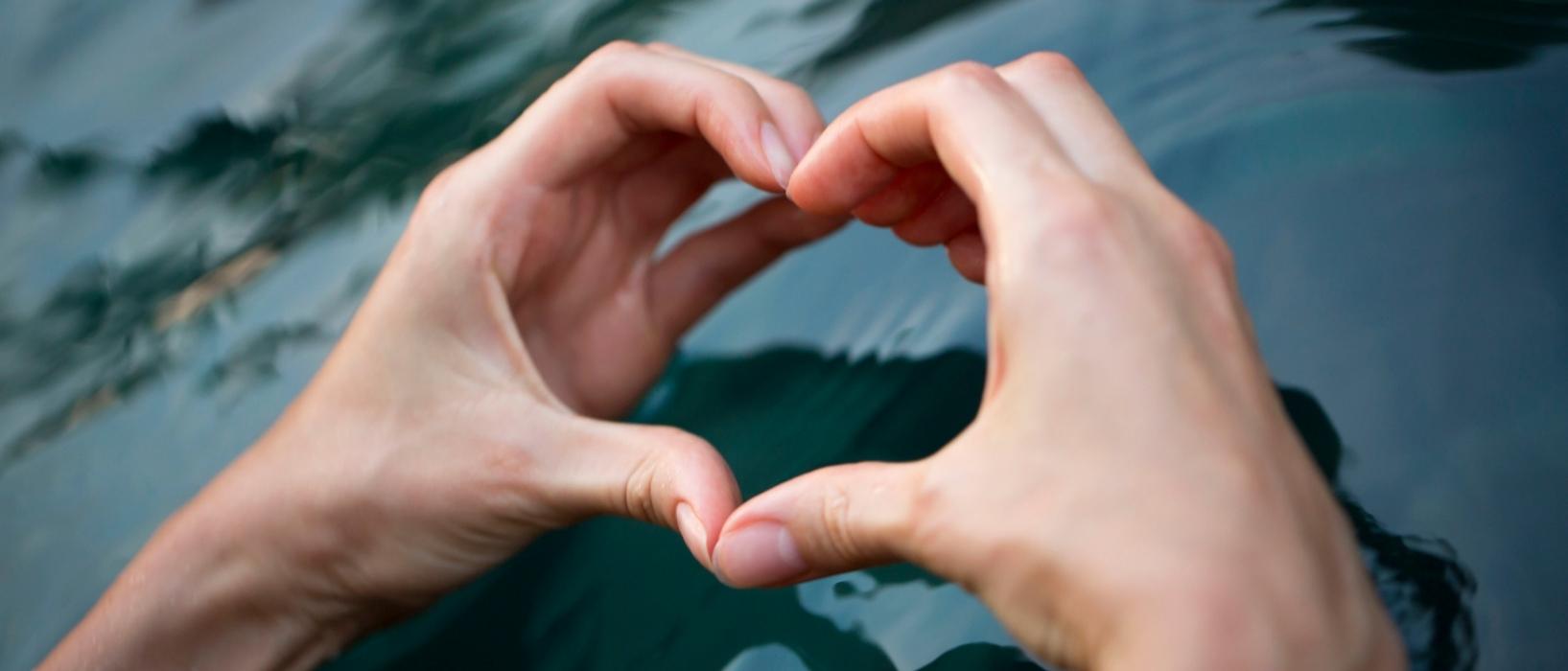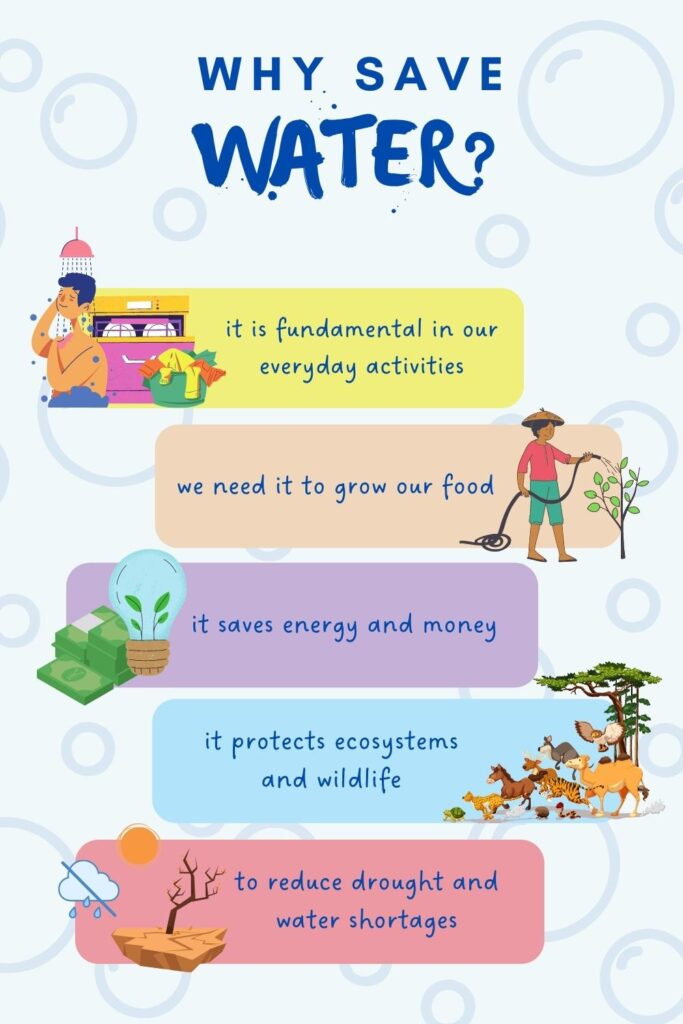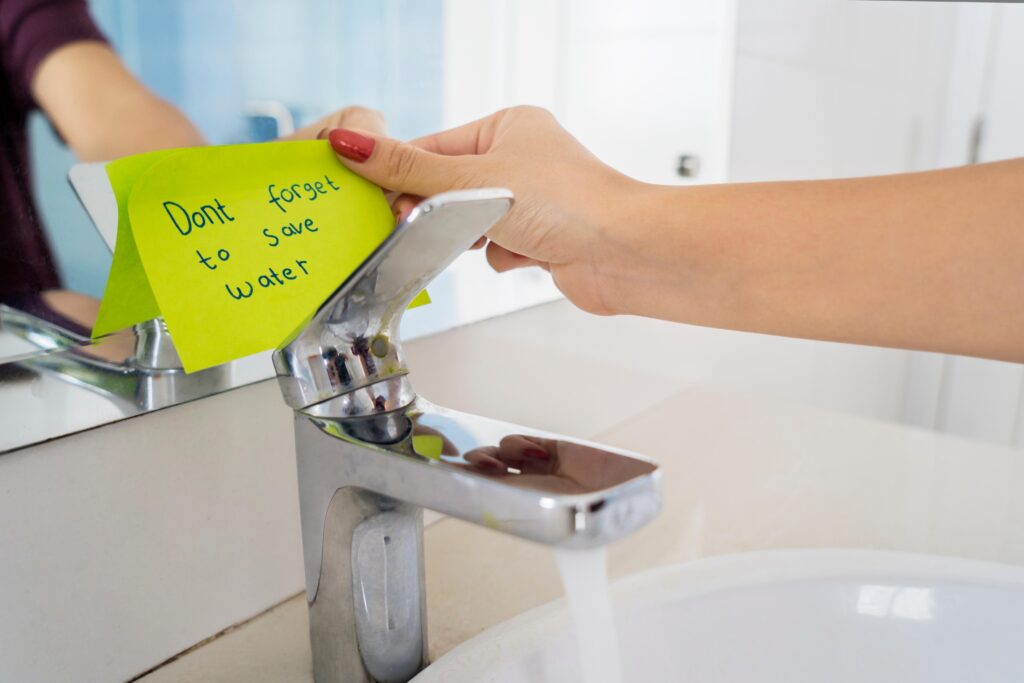
It can sometimes seem like water is an endless resource. After all, just turn on the tap and out it comes, right?
Sadly, however, this very much isn’t the case. While the Earth may be covered in water, 97% of it comes with salt, leaving only a very measly 3% of freshwater.
Even worse, 2.5% of this is locked in ice-caps, glaciers, the atmosphere, soil, or under the Earth’s surface, leaving a tiny amount of unpolluted water left to drink.
While we can be pretty disconnected from this fact, with our flowing water supply and seemingly endless rain, parts of the U.K. are already subject to water stress. In fact, 12 out of the 23 water companies operating in England are rated as under ‘serious stress’.
Making matters even more urgent, the population is increasing, and U.K. water demand is set to rise even further in the next few years.
This is, of course, a huge issue. We need water for everything; to drink, grow our food, clean, and even to support biodiversity around the globe. That means it’s definitely in our best interest to try and protect it.
If you need even more convincing, water is also intrinsically linked with energy. This is because it has to be treated and then pumped hundreds of miles through open aqueducts, via pipelines, and over mountain ranges.
For households on municipal water, their share of the energy required for domestic water can exceed that of a refrigerator. In rural homes containing deep wells, water pumping can be one of the most extensive electricity demands.
And all of that isn’t even mentioning the energy you then use to heat that water in your home.
The bottom line is, saving water is necessary for our continued survival and will also cut your costs and reduce your carbon footprint.

You may be thinking that surely the amount of water you use in your home is incredibly small, and any effort you make is likely to make little difference.
However, improved housing standards and technological developments, while they have provided enormous benefits, have led to a massive increase in domestic water use. Add in the effects of a growing population, and water used in the home accounts for over half of all public water supply use.
Right now, this means the average U.K. household is using around 330 litres a day, that’s 140 litres per head, every single day!
While domestic use has rapidly increased, industrial and commercial water consumption has dropped considerably. This is primarily due to conservation efforts and technological improvements leading to more water-efficient processes.
Perhaps surprisingly, agriculture only uses about 1% of our water resources, showing that this is truly an issue that needs to be tackled in the household.
Thankfully, there are literally hundreds of ways to take action and start saving water today.
For example, nearly half of homes could make efficiency improvements to their toilet, whether that’s using a water displacement device to save up to a couple of litres per flush or upgrading to a dual-flush toilet, which could save a whopping 12,500 litres per person, per year. That’s the equivalent of 150 average-sized baths full!
This can seem like a big step. However, small things like turning the tap off while you brush your teeth can have just as big an impact.

It can be a bit daunting knowing where to start trying to cut back on water, especially when it seems so essential. That’s why Play it Green is recommending GetWaterFit.
GetWaterFit is an online tool that helps you learn about how much water you use and where you use it, with hints and tips on how to make reductions, helping you save money and reduce your carbon footprint.
Simply go onto the site, enter your postcode, and answer a few short questions about the water you use at home. Once it’s calculated precisely how much you’re using, you can then order FREE water-saving devices that are recommended specifically to work for you.
On top of that, you can select an ‘Easy Win’ to start your personalised water-saving journey. Here you will find small, simple actions to save water. Complete them three times, and you’ll even win ‘coins’ which can be donated to support charities in your local community.
Why not find out what you can do today?